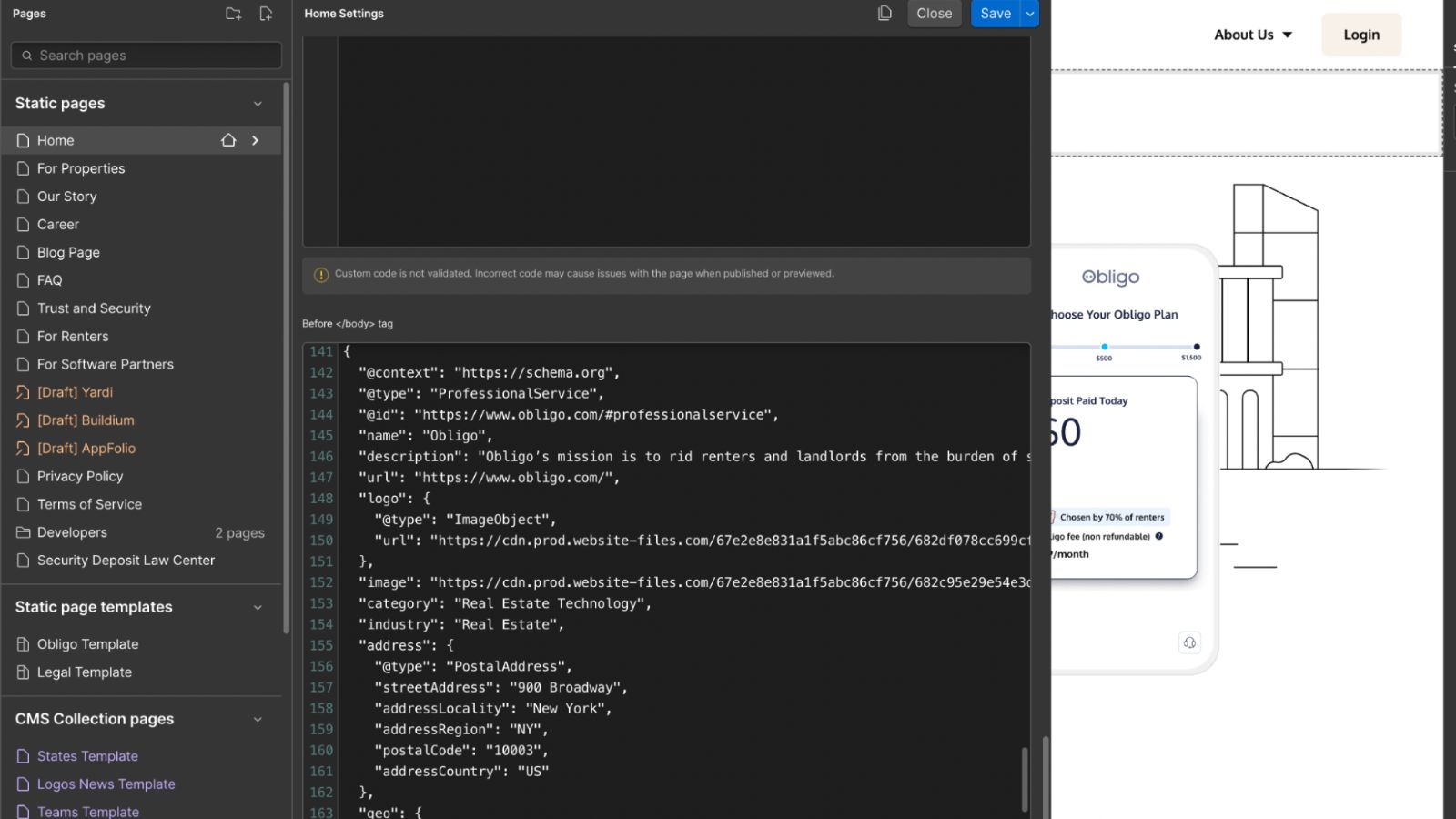If AI Is the New Search Engine, Your Content Needs to Evolve

For years, ranking in search was about optimizing for Google. Now, we’re optimizing for ChatGPT. And Perplexity. And Claude. And whatever AI agent your audience happens to trust next.
Whether you’re building a startup, growing a content business, or launching a product, you can’t just optimize for search engines anymore—you have to optimize for machines.
At Composite Global, we work with brands that want to future-proof their content. Here’s how AI is reshaping content strategy, and what you can do to stay visible when clicks turn into summaries.
LLMs Don’t Search—They Summarize
AI agents don’t present users with a list of links, they generate a response. That means your content might be read, parsed, or even quoted—without a user ever landing on your page.
Your goal is to make your content easier for AI to use accurately.
Some quick tips:
- Write clear answers to specific questions
- Use semantic HTML (like <h2>, <section>, <article>) to structure info
- Keep your tone factual, trustworthy, and link-worthy
- Add internal links that create a logical content graph
- Pro tip: optimize your robots.txt and llms.txt files to help search engines and AI models crawl, understand, and index your content more effectively
Explore how AI is changing SEO in our recent post.
You’re Writing for Two Audiences Now
You’re still writing for humans, but AI is your first reader.
That means:
- Clear summaries at the top of the page
- Structured layouts (bullets, lists, subheads)
- Metadata that reflects the actual value of the page
- Credibility markers like author bios, dates, and citations
Your content doesn’t need to trick the system. It needs to guide it.
Read more on designing content for AI-first experiences.
UX Still Matters, But Now There’s AX, Too
Great design has always been about user experience (UX)—making content easy to navigate, read, and act on. But with the rise of AI tools, there’s a new layer to consider: AX, or Agent Experience.
AX is the practice of designing content and site structure for machine readability, so AI models can crawl, understand, and summarize your site accurately.
In other words: your content needs to work for humans and for algorithms.
Here’s a quick AX+UX checklist:
- Is your page speed fast and mobile-friendly?
- Are headings structured in logical hierarchy?
- Is alt text meaningful and consistent?
- Are key pages internally linked to establish context?
- Are distractions like popups or bloated scripts slowing things down?
Improving UX helps real users convert. Improving AX helps AI agents choose and cite your content.
You need both to stay competitive in an AI-powered search landscape.
Accessibility Isn’t Optional—It’s Strategic
Accessibility isn’t just about compliance. It’s about making sure your content works for everyone—including users with disabilities, non-native speakers, and AI systems that rely on semantic structure.
The good news? Many accessibility best practices also improve machine readability and SEO.
Here’s what to prioritize:
- Use semantic HTML (headings, lists, buttons) so screen readers and AI can follow your content structure
- Write alt text that describes meaning, not just appearance
- Ensure color contrast is strong enough for readability
- Don’t rely on color alone to convey meaning (e.g. error states)
- Make interactive elements keyboard-navigable
Improving accessibility helps real users trust and engage with your content, and it sends clearer signals to AI about what your site offers and who it serves.
Learn more in our guide on how AX and accessibility overlap.
Making your content keyboard-navigable is important. Consider this form, where users can use tab-to-next to fill it out in the correct sequence.
Schema Markup Is Now Non-Negotiable
Structured data (like FAQ, How-To, Article, and Organization schema) helps AI understand:
- Who you are
- What the page is about
- What type of information it contains
- Whether it’s trustworthy and current
Think of schema as a resume for your content. If you don’t submit one, you probably won’t get picked. For a deeper look, read our post Schema Markup 101.
Final Thoughts
Content isn’t dead, but traditional SEO is changing fast.
To stay discoverable in the era of AI summarization, you need to treat your content like infrastructure. Structure it. Clarify it. Make it useful, trustworthy, and easy to parse—by humans and machines.





 How to Make Online Classes More Fun and Engaging
How to Make Online Classes More Fun and Engaging  10 Advanced Excel Templates Every Small Business Should Download (and How to Use Them)
10 Advanced Excel Templates Every Small Business Should Download (and How to Use Them)  Crushon AI and the Digital Dance of Connection
Crushon AI and the Digital Dance of Connection